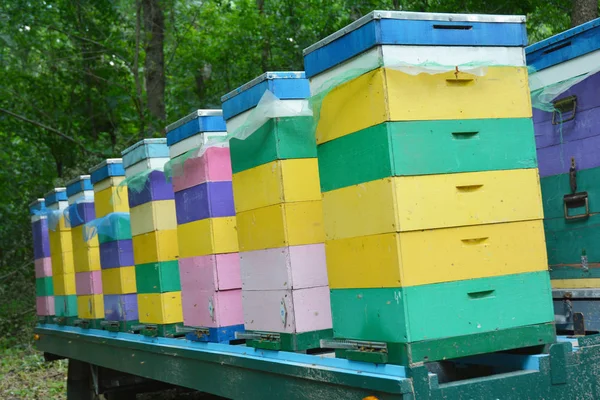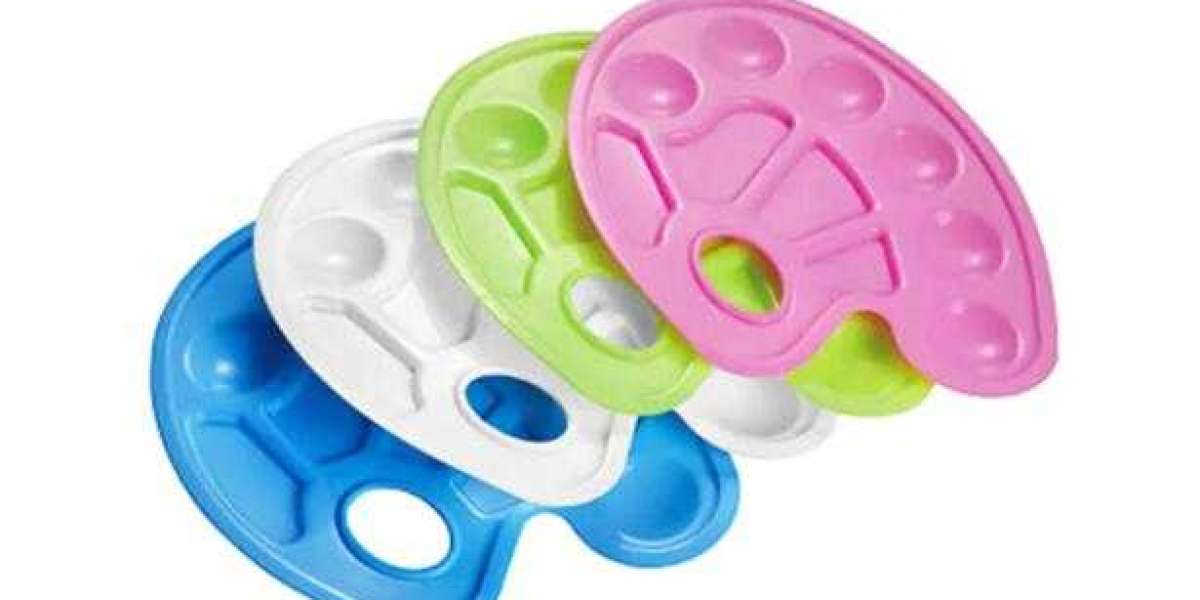Painting beehives is more than just about making your hives look good. It’s a crucial step in maintaining the health and efficiency of your colony. The right paint color and technique can protect your hives from harsh weather, pests, and other elements while improving the bees' overall well-being.During the painting process, it's essential to wear beekeeping suits and beekeeping jackets to protect yourself from potential bee stings, especially if you are painting near active hives. These protective garments ensure you can work comfortably and safely, allowing you to focus on the task without worrying about your safety.
In this blog, we’ll explore the best colors and techniques for painting beehives to help ensure long-lasting protection and hive efficiency, while highlighting the importance of using proper beekeeping suits and gear.
Why Painting Beehives is Essential
One of the most important reasons for painting beehives is to protect them from the elements. Beehives, when left untreated, can be exposed to rain, sun, wind, and pests, which can weaken the wood and affect the bees inside. A well-painted hive not only lasts longer but also offers better insulation, which directly impacts the health of the colony, especially in extreme weather.
Painting also allows beekeepers to visually differentiate between hives, making it easier to manage multiple colonies. And when using the right colors, it can even help bees navigate more easily, preventing them from getting confused when returning to their hive.

Choosing the Best Colors for Beehives
Light vs. Dark Colors
When choosing the best colors for painting beehives, it’s important to consider how color affects temperature. Light colors like white or light pastels are often the top choice for beekeepers in warmer climates. These colors reflect sunlight, keeping the hive cooler during hot summer months.
On the other hand, if you live in a colder climate, darker colors can help absorb heat and keep the hive warmer. However, it's essential to strike a balance; you don't want to overheat the hive during warmer months.
White and Light Shades
White is a traditional color for beehives, especially in warmer regions. It reflects sunlight, keeping the interior of the hive cooler, which can help maintain a stable temperature during the hot months. Painting beehives white or in other light shades helps avoid unnecessary heat buildup that could stress the bees.
Earthy and Natural Tones
Some beekeepers prefer earthy tones like greens or browns. These natural colors blend with the environment and can make the hives less noticeable to wildlife, such as bears or other animals that might see the hive as a food source. Choosing such colors also creates a more aesthetically pleasing look that fits with nature.
Bright Colors for Hive Differentiation
Using bright colors like yellow, blue, or red can help differentiate between multiple hives, which can be especially helpful for beekeepers managing large apiaries. Bees use visual cues when navigating back to their hive, so brightly painted hives can reduce confusion and prevent them from entering the wrong colony.
Top Techniques for Painting Beehives
Preparation Before Painting
The first step in painting beehives is to prepare the surface. Sanding the wood to remove rough spots ensures that the paint adheres smoothly. Cleaning the hive body thoroughly removes dirt and dust that could interfere with the paint’s application.
Using Bee-Safe Paints
Always use non-toxic, weather-resistant paints to protect the hive without harming the bees. Latex or water-based exterior paints are typically the safest option. Make sure the paint is free from harmful chemicals, as these could affect the bees' health or interfere with their work.
Multiple Coats for Durability
Applying multiple coats of paint ensures long-lasting protection. Start with a primer to seal the wood and protect it from moisture. After the primer dries, apply two or three coats of your chosen paint color, allowing each coat to dry thoroughly before applying the next. This layering process gives the hive extra protection against the elements.
Proper Drying and Curing Techniques
It’s critical to let the paint dry and cure fully before placing bees inside the hive. Bees are sensitive to fumes, so ensure that the hive has no lingering paint odors before use. Letting the hive sit in a dry, ventilated area for at least a few days can prevent any potential harm to the bees.
Common Mistakes to Avoid When Painting Beehives
- Painting the inside of the hive: Always remember that only the outside of the hive should be painted. Painting the inside could introduce toxins and interfere with the bees’ work.
- Using harmful paints or finishes: Make sure to use paints that are specifically labeled as safe for beekeeping.
- Inconsistent paint layers: Avoid uneven coats, as this can lead to spots where the hive is more vulnerable to weather damage.
How Painted Beehives Improve Hive Efficiency
When done correctly, painting beehives improves both the longevity of the hive and the bees' overall efficiency. A properly painted hive offers insulation that helps regulate internal temperatures, reducing stress on the bees. It also provides a barrier against moisture, pests, and other elements that could harm the hive.
Lastly, don’t forget to use proper beekeeping tools, like beekeeping gloves and suits, while painting. These tools not only protect you during the process but also ensure that you can work efficiently without getting paint on yourself or other important equipment.
Conclusion
Painting beehives is a vital step in hive maintenance, and choosing the right colors and techniques can make all the difference. Whether you're aiming for durability, aesthetics, or functionality, taking the time to properly paint and care for your hives will benefit both you and your bees in the long run.In addition to painting, using the right beekeeping accessories such as beekeeping gloves, brushes, and tools ensures a smooth and efficient process. These accessories not only protect the beekeeper but also help achiebeekeepingve a professional and long-lasting finish for your hives. Proper care and attention to both your hives and accessories will create an optimal environment for your colony to thrive.



